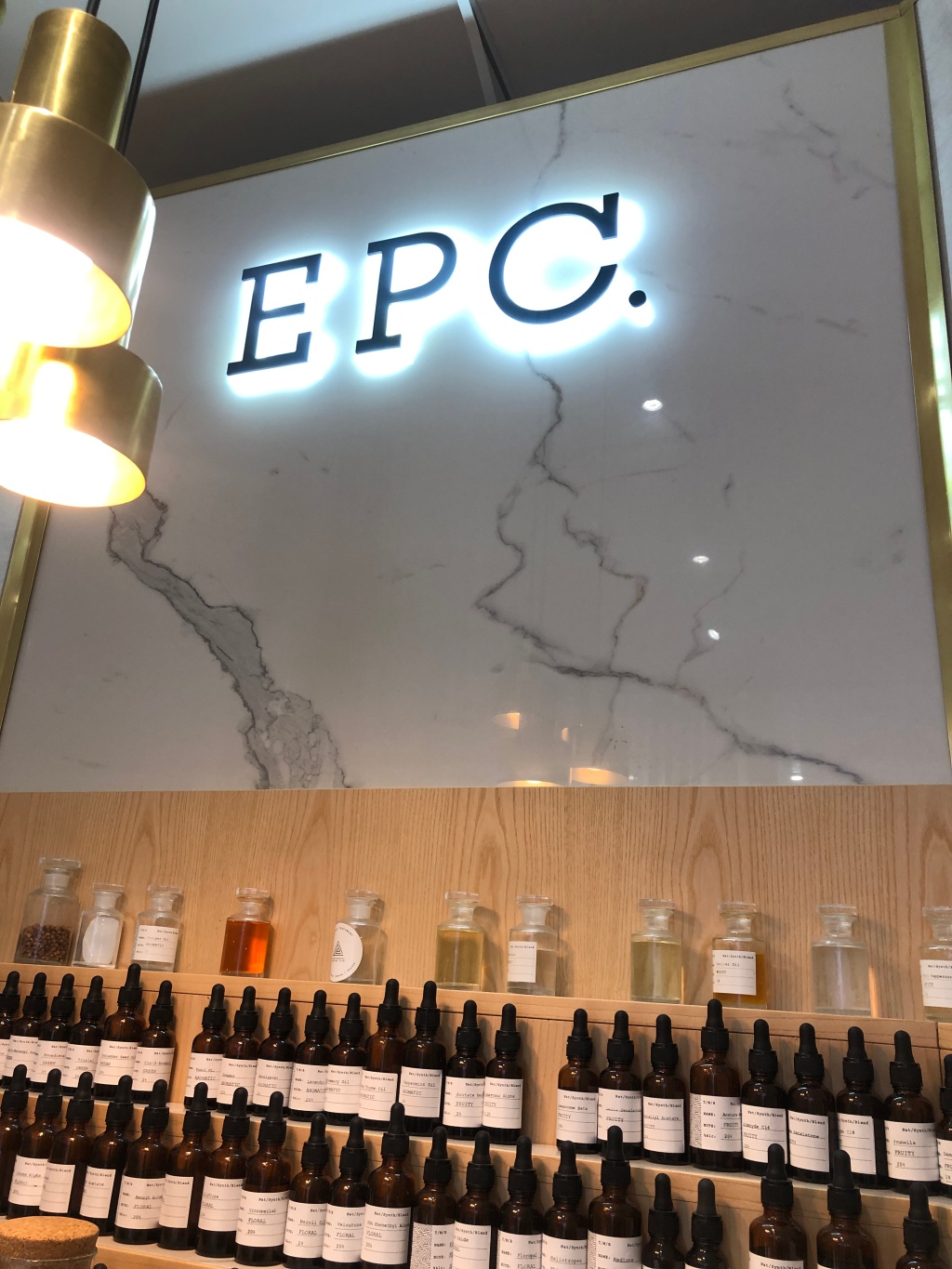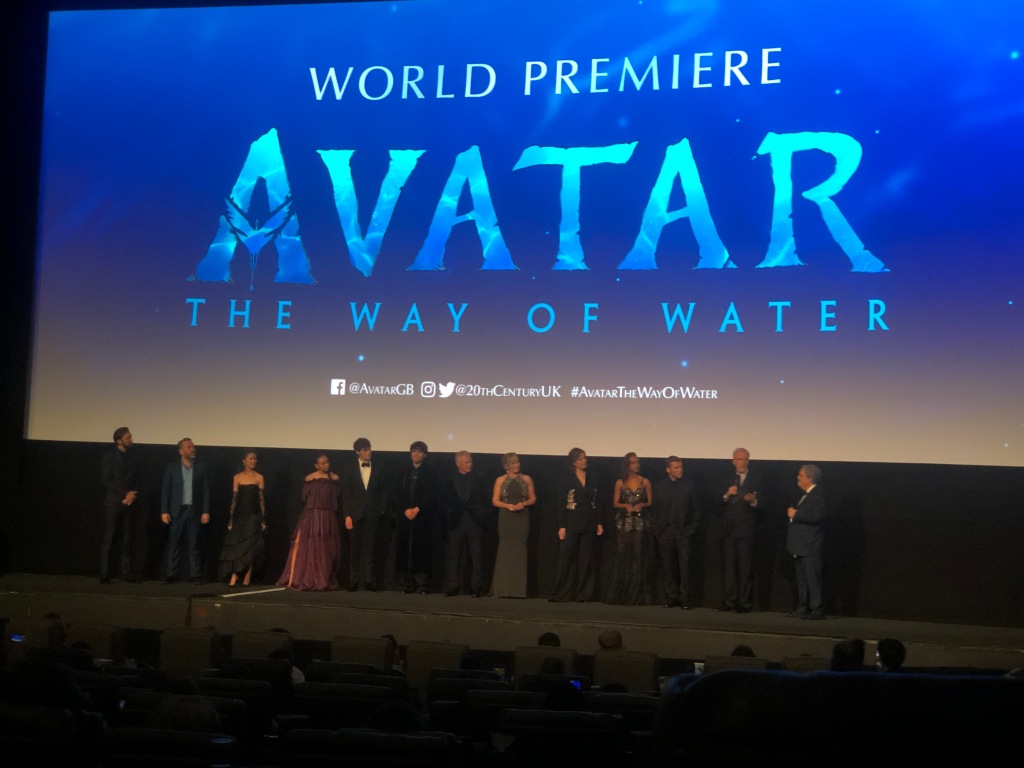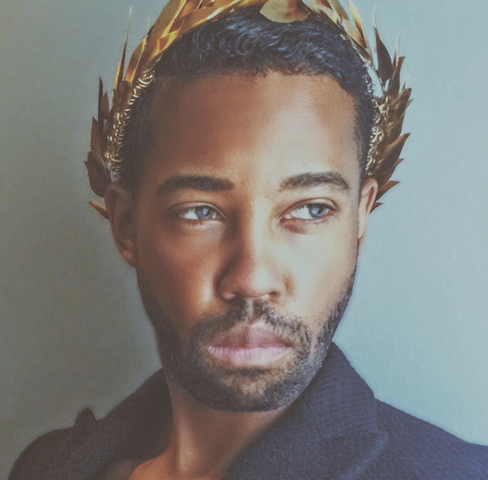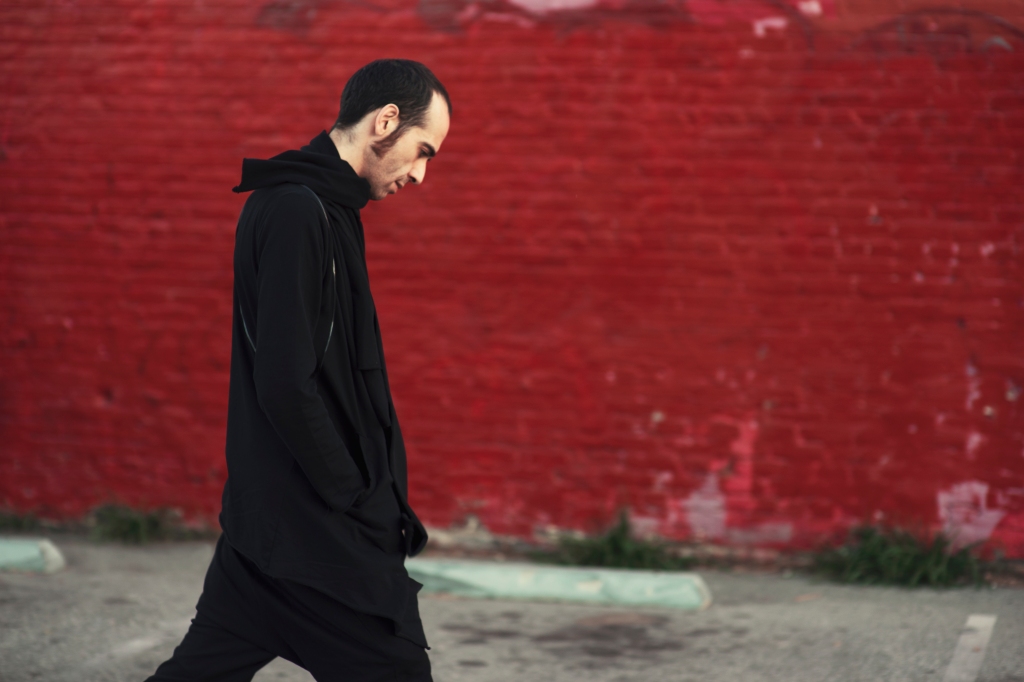Public Description caught up with the very talented fashion photographer Roberto De Micheli.
De Micheli’s work pushes boundaries to create images that are emotional, edgy, and original. Read on to find out more about his work and future projects.
When did you take an interest in Photography?
I’d say more or less 10 years ago. I started as many do with taking travel photos. Then a combination of positive feedback and GAS (Gear Acquisition Syndrome) made a casual pastime avalanche into a passion that took no prisoners where my other hobbies are (were) concerned. The turning point, I believe, was in 2006 when I made the deliberate decision to take more control of my photography, meaning to go from random snaps to trying to achieve something with a photo. From then onwards it really kicked into high gear.
Who inspired you? Whose work has influenced you most?
Since I’ve started dabbling in fashion photography, more or less since the end of 2010, I always felt attracted by the sub-genre called “editorial”. The reason I started was, simply, the fact that a fellow photographer told me that he was going to shoot 2 models near where I live and asked me if I wanted to join them. There isn’t a precise genesis of my preference for editorial that I can describe. I could have tried my mettle with beauty or commercial or glamour, but somehow I decided that I was interested more into telling a story rather than showing a product or curves. Once I stumbled upon the work of Tim Walker, it was a revelation. That is the kind of photography I want to do. Elegant and (a lot) quirky. Imaginative and still technically excellent. Another great I look up to is David LaChapelle.
What makes your photographs stand out from the average photographer?
That’s difficult to say! 🙂
Of course I like to think that I am creative and experimental and that I have my own style and that I have mastered the techniques I use.
I guess something I have understood that may set me apart from the “average” (whatever that means) fashion photographer is the importance of the team. Any successful shoot is the fruit of the collaboration of a group of people. This group includes, as a minimum, photographer, models, make-up / hair stylists, wardrobe stylist and digital retouchers. In big productions the team may also include art directors, lightning specialists and designers. Of course, some people can perform more than one of these roles – e.g. the photographer can also set lights and do post processing. It depends on skills.
In any case the contribution of these roles cannot be overstated.
What does photography mean to you?
It is my passion. I think that everyone should have a passion in their lives and I am very happy to have found mine, and that it is completely separated from my day-to-day job. It is also my creative outlet and again I am grateful that I have one since my job is much less prone to go wild and be experimental. From time to time I toy with the notion of trying my luck with photography as a profession, but between my responsibilities as husband and father and the freedom that it being a hobby allows, I really think that I am in a good place right now.
One of the main discussion points amongst photographers are about the use of digital photography. Do you use digital cameras?
Indeed I do. They were already prominent when I got “serious” and in any case I do like the immediate feedback you get from digital cameras. Having said so, what I do not like about digital cameras is the tendency, especially with modern models, to add more and more automatism. To put it bluntly, I do not like the camera to do the thinking for me. I want to be in control of taking the photo and I am not really interested in what the engineers who designed the camera think makes a good photo. Therefore I disable all such nifty features and use my camera in a very manual way, as it were a film one, albeit with a digital sensor inside… and of course keeping in mind that the sensor responds to light differently from film.
If yes, what is the influence of digital technology on your photography?
Immediate feedback and the ability of experimenting without the fear of wasting expensive film… which is a boon and a curse at the same time (read: coming home from a shoot with hundreds of images and having to spend a lot of time to select the few candidates worthy of post processing)
Is it fair to alter reality by adjusting images in post-production?
Well… at risk of opening up a can of worms… it depends! What is the purpose of a photo?
If you are a photo journalist or your photos are used as an historical medium, then of course post processing can be done but only without altering the message / story. Otherwise we talk of propaganda.
Even in my own little world, when I shoot landscapes, cityscapes, street, wildlife and macro (my nowadays secondary interests in photography) I tend to do little post processing. I crop, I adjust exposure and colour and sharpness. Sometimes I remove objects that in my mind detract from the composition. Sometimes I create panoramas or HDR mergers. But I do not feel like I am altering reality.
Now, for what fashion photography is concerned… post processing is rife and it goes from colour correction to skin correction to body remodelling. Usually I don’t do body remodelling (although it has happened) unless I feel it’s needed for composition’s sake. Skin is always retouched. Even if I could afford models with perfect features / skin, there are cases when everything is perfect but for (say) the position of one foot… so I may decide that it’s better to salvage an otherwise good photo rather than not delivering for purity’s sake. My goal is to retouch (or to have retouched) an image till it looks good to me, but not over-retouched (knowing when to stop being actually one of the hardest lessons to learn in post processing).
In the end, you can aspire to beautiful images, but if you don’t have the budget / clout to get access to established models, great dresses and accessories and locations… you can either give up or accept that something will need correction in post.
Having said so… the kinds of dresses / accessories that are used in editorial fashion photography are usually designed for models that have body shapes that are not your average type. This normally fuels a lot of debate about the influence that this has on body-conscious people, providing them with unobtainable and ultimately unhealthy ideals. I do think this is an issue which post processing is tangential to. Meaning that post processing may sometimes exacerbate the unreachable perfection of the subject… but in my mind this is on top of an existing trend, not a cause in itself. It just makes it easier to show a perfect body without the need to book a perfect model.
As mentioned, I personally try to avoid body shaping by either using the right model for the job or, failing that, by using the right lights / poses / compositions. And I try to keep skin retouching to an acceptable minimum.
How important is it for a photographer to “connect” with your subject/model to bring out their true self?
In short… a lot! Although it depends on the model too. There are models that can pose and emote with no need of a connection with me, while there are others that start very nervous and apprehensive. In both cases I still like to establish a connection with them, at the very least because I like to think that I am a decent human being! But, especially with models that are not consummate pros, it is fundamental to put them at ease and try to have fun to get the best out of them. A good trick is to create a “story” they need to act to. I can go from alien princess lost on a wild dangerous world to beautiful socialite stalked by paparazzi to party girl that fails to get the attention of a love interest. The sky is the limit… and I have yet to find a model that doesn’t like to have a story to act on.
Locations and weather conditions are critical aspects to a successful picture. How do you plan if unpredictable factors occur?
I love shooting on location. I think it gives something more to the photos. Especially for editorial photography. But there is a but. Costs and time and risks they all spiral up when you shoot on location compared to a studio. Travel costs. Models paid for a full day rather than half day. Risk that dresses get damaged. Risk that the weather does not cooperate (I am talking about rain if we are in the open… exposure-wise I am much less worried). Risk of equipment failing (never found a battery-operated flash head that can achieve the advertised number of flashes on a full battery). Risk of someone coming up to us and asking us to stop shooting. Risk of having crowds of people in the frame.
How do you deal with all this? Be prepared and flexible. Pray. Allow for redundancy (especially models and lights). Allow for more time. Research the location first. Use a location where shelter is available. Bring the right lights and know how to use them. Have people to help (lights on stands + reflectors / umbrellas + wind = disaster). Use the elements such as natural shapes or the sky (a nasty looking cloudy sky can often be a marvellous background – hot midday sun usually is not your friend). Frame differently to avoid the crowds or that pesky car park.
And do use the location! Show some of it 🙂
I am usually a sorry mess after a location shoot, but boy are they fun!
Could you describe the process of a photo-shoot set up in a studio?
- Agree on styling and model selection
- Book the models and the studio and whatever equipment is needed
- Procure clothes and accessories
- Keep fingers crossed
- On the day, do get to the studio in time
- Have drinks and munchies for everyone
- Pray that all the people involved do arrive (in time being a nice surprise)
- Assess the model body/skin/hair (unless it’s a model we’ve worked with already… many times models are not totally honest about their measures)
- Leave the model with make-up / hair (after having agreed with the stylist the look that needs to be achieved). In the meantime set up lights and backgrounds and props
- Model gets dressed and accessorized. Second model (if any) gets under make-up / hair. Light tests
- Shoot the first model while the second model gets ready
- Get in a pattern: shoot one model while the other changes make-up / hair / style
- Pack up everything, exchange contact details as needed
- Select the photos for post processing
- Send the photos to the retoucher with instructions
- Share the final versions with the team and try to get them published
- Plan for the next shoot
Colour vs Black & White. Do you have preferences and why?
Colour if I really have to choose. I come from wildlife and macro photography and colour is important to me. I think b&w suits architectural and street photography a lot. But I am ambivalent when it comes to fashion photography. It depends on styling (clothes and accessories and make-up).
I shoot RAW so this is a decision I can take afterwards. I often have both versions done and decide at the very end.
If I am shooting a geometric style in bold primary colours then I may consider b&w from the start. Meaning, usually, that I will want strong and harsh lightning and that I will ask the model to give me strong geometric poses.
When going for b&w you lose the discrimination factor of colours (d’hu) and therefore you need to compensate with lights and geometry.
Amongst your work, which one is your favourite and why?
Being selective with your own work is a painful thing to learn 🙂
As my taste and standards evolve, my favourite phots change (and old favourites become “what was I thinking” kind of things). Currently, these are some of my favourites.
The reason I like these photos is the impact they have. It is the apparent simplicity that hides a great deal of complexity. It is, most of all, the pride I feel when I show them and I can say “I have created this”
Do you step out of your comfort zone to be creative?
I have a little rule of my own. I need to do something different every shoot. Be it use a new piece of equipment, use a new technique, a new model, a new type of style, a new location… something gotta be new.
This may sound trivial. But I believe that one of the things that I love about photography is the fact that it can be infinitely challenging and it can keep your interest alive indefinitely… if you let it.
In a sense I could answer “no” to your question. I’ve done different types of fashion photography but I keep going back to editorial. But in reality, the scope is so vast in editorial photography… I think that if I am not being creative on a shoot then it is my fault.
Having said so, there is another aspect to this… as your ambition grows, you start hitting a “glass ceiling” in terms of your ability to get access to better model, better styling, better locations, better toys, etc. Money is an issue. Time is another. When you start hitting these boundaries (i.e. the models you have easy access to do not cut it anymore) then you either become creative and take some risks, or you stagnate. So for me it becomes a matter of necessity as well.
What advice would you give to an amateur photographer starting out into photography?
Let’s focus on fashion photography ok?
My advice is…
- Be passionate and keep at it – it is difficult, at least at the beginning, to compare your initial works with the output of established photographers. There are reasons for that but most can be overcome if you really want it.
- Invest in your passion – I do not mean go and buy expensive cameras and lenses even before you start. By all means start small, most modern equipment will do at the beginning. What I mean is that, at the beginning it is fine to experiment with friends or random people found on Facebook (say), but if you get ambitious, you will soon discover that better models, talent, styling, location, etc. invariably, all else being equal, lead to better results. The catch being that, until you are established, better talent may require compensation to work with you
- There’s always something new to learn – I thought I knew about photography already… but when I started fashion photography I quickly realized that there were a number of skills I needed to develop. Controlled lightning is key of course, but you need as well to learn how to direct models, how to communicate with your team, how to plan and how to network
- Team – fashion photography is a team effort and while your first shoot may be just you and the model, once things get more sophisticated you will need a team. Be nice to them and they will be nice to you
- Network – you need to work with the right people and therefore you need to find them and get in touch with them. And you need a portfolio to show them which is good enough to convince them to work with you. It is a slow process and it takes time to build up. Well unless you’re filthy rich of course…
- Purity (lack of) – I started with thinking: I am a photographer and taking photos is what I like to do. Well, fast forward a lot of shoots, now if I actually take photos for 1/4th of the time of a shoot, then I consider myself lucky. And that’s on the day of the shoot, without taking into account the organizing before and the retouching after. Do not get too hung up on only taking photos. Great photos come out of a lot of preparation which has nothing to do with actually clicking your camera’s shutter button.
Thank you Roberto!
Images: Roberto De Micheli













Leave a comment